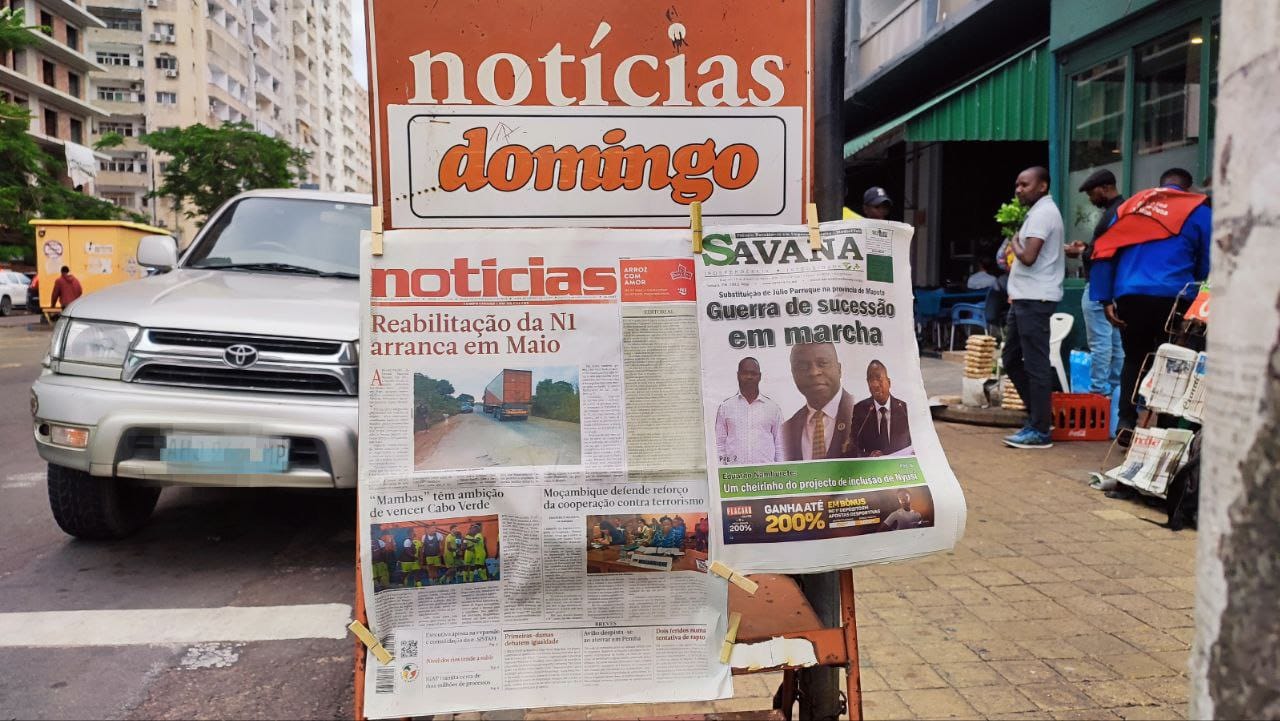Good afternoon. Today brings news that months of negotiations between the governments of Mozambique and South Africa, and their respective state-owned electric utilities, for Mozambique to sell power to South Africa, have finally broken down (see below). Mozambique is a major exporter of power in southern Africa, with the highest power generation potential in the region, according to US government analysis. South Africa is chronically short of power. But despite generally good relations between the two governments, they have not been able to come to terms.
Leader article continues below for Pro subscribers. Subscribers to the Zitamar News tier can read the full leader article here.
Although South African electricity minister Kgosientsho Ramokgopa did not specify where the 100MW of power capacity purchased was to come from, it appears to have been offered from the floating oil-fired power station operated by Turkish company Karpower in Nacala Bay, in northern Mozambique, although that would only be the supplier of record: in practice, the power would have been supplied by the Cahora Bassa hydropower plant. According to the Mail & Guardian newspaper, the tariffs that Mozambican utility EDM offered were twice the “acceptable” amount.
In this case, the cost of power may have been outside the hands of Mozambicans, as it was to be provided by a foreign-owned firm. However, the episode highlights a wider problem with the wholesale cost of power in Mozambique. EDM increasingly gets its power from so-called independent power producers (IPPs), private companies set up to build and operate power stations, who in Mozambique generally sell their power through fixed, long-term contracts with EDM or a major industrial client. Time and again, academics and commentators have noted the inexplicably high prices EDM pays for this power. In 2019, the Centre for Public Integrity (CIP) found that prices charged by IPPs were on average three times as high as those charged by the Cahora Bassa dam (although those prices, currently 3.6 US cents a kilowatt-hour, are lower than the cost of power bought in the competitive market of the Southern African Power Pool).







